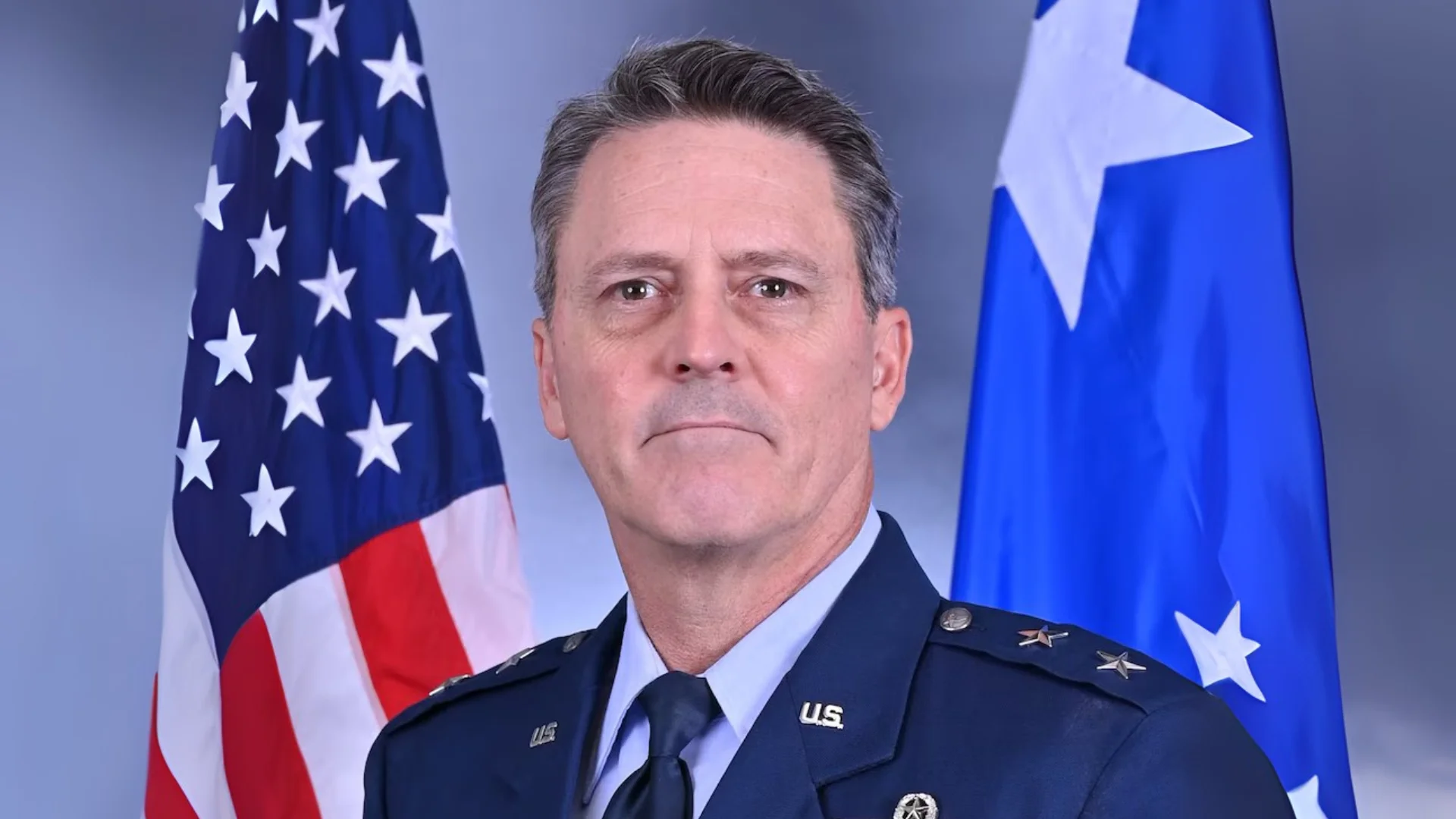The Northrop Grumman B-2 Spirit was produced in limited numbers before its assembly line closed in 1997; only 21 were delivered to the U.S. Air Force. After two losses due to accidents, 19 remain in service today. Production ended after the Cold War's conclusion led to reduced demand for new strategic bombers.
The Rockwell B-1 Lancer’s production also concluded decades ago. The last unit was delivered in 1988 after establishing several performance records during its early years in service. Colonel Glenn Spears from Ellsworth AFB described ongoing training practices: “The B-1B wings train our crews to use the full safe envelope of the aircraft’s capabilities. There’s no doubt that it’s a bomber, but it’s a very maneuverable bomber. If we simulate that a threat has come up, (...) we practice evading the threat and altering the route.” He added that if there is no safe path out during an exercise or mission scenario, “survive to fight another day."
Boeing completed production of all variants of its iconic B-52 Stratofortress by 1962; a total of 744 units were manufactured between plants in Washington and Kansas over eight years. Today, approximately 85 remain active within the USAF inventory; some undergo depot maintenance while others are kept in storage for contingency purposes. Modernization efforts include upgrades such as new Rolls-Royce F130 engines—a development reported by Air & Space Forces Magazine following completion of critical design review—intended to extend their operational life into future decades.
For upcoming procurement plans, Congress and the Air Force have proposed spending $10.3 billion on furthering B-21 Raider development and increasing production capacity during fiscal year 2026. Estimates suggest around seven new bombers will be delivered annually under current scheduling assumptions for an initial order totaling at least 100 aircraft; deliveries may continue into the mid-to-late 2030s depending on program progress.
General David W. Allvin stated: “[I will] take all I can get with the funding. The 100 minimum is certainly something we can stand behind. When we look at what the maximum is, I really want to look at the risk over time, and opportunities over time.”
As military aviation technology evolves, integration between manned bombers like those under AFGSC command and unmanned systems continues to develop—potentially enabling collaborative operations through programs such as Loyal Wingman or Collaborative Combat Aircraft initiatives already funded by both branches.
 Alerts Sign-up
Alerts Sign-up






















